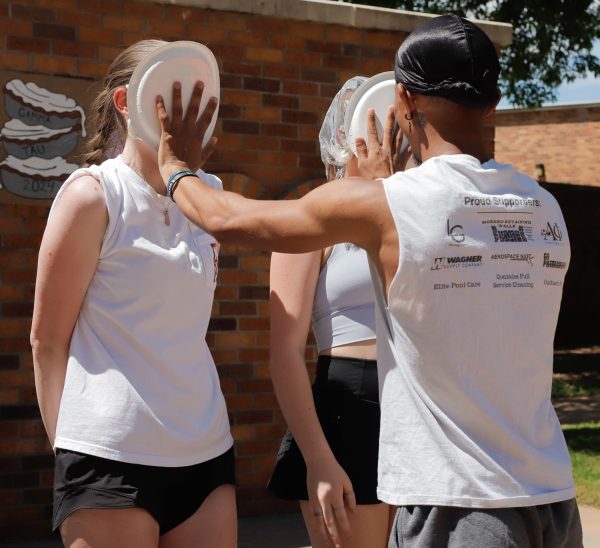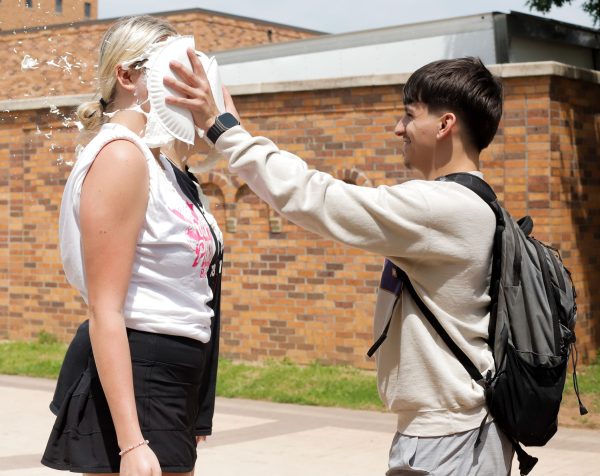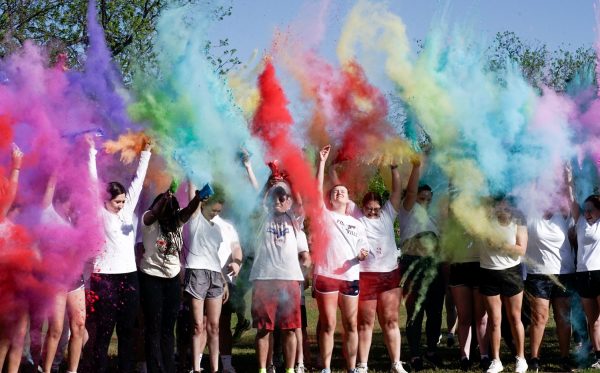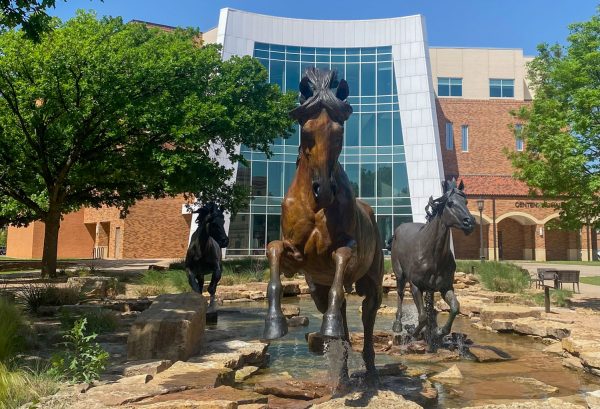Less people = less crime: campus police report drop in campus crime for 2020
Every year, the Police Department conducts a Security and Fire Safety Report comprised of data collected from January to October of that year. The newest report, released in December of 2020, includes the statistics from the whole of 2017, 2018 and 2019. Compared to previous years, there was a significant drop in the number of crimes that were committed on campus. The two categories with the highest amount of reports were assaults and burglaries.
“The primary location for offenses are, unfortunately, originating out of our residence halls,” MSU Police Chief Patrick Coggins said.
MSU’s campus is able to house up to 1,768 students. According to Kristi Schulte, the Director for Residence Life and Housing, the 2019-2020 academic year had approximately 1,600 students living in campus housing. When the campus opened for the fall semester of 2020, the number of students living on campus decreased to around 1,500. The drop in on-campus residents could be due to the COVID-19 pandemic and shutdown Schulte suggested.
“We closed housing in March, and housing was only open to students who had very specific circumstances,” Schulte said.
The only students allowed to remain on campus during the shutdown were international students, those classified as homeless, those considered independent on financial aid and those who presented a safety concern about leaving campus.
“We went from 1,500 students on campus to fewer than 200,” Schulte said, “and we saw even smaller numbers in the summer semester.”
Laura Hetrick, Title IX director and coordinator, reached the same conclusion as to why crime dropped.
“I think a part of [the decrease in crime] was because so many people went home at spring break and did not return,” Hetrick said.
On the other hand, Coggins believes that an absence of students on campus could possibly be a reason to see an increase in crime.
“When you begin to reduce the number of people around, there’s less to be seen, less people seeing… People can take advantage of a lesser number of people around,” Coggins said.
Campus organizations, such as the Title IX Department, have also taken steps over the last year to attempt to decrease crime on campus. Some examples of presentations by the department in 2020 were Bystander Intervention, Consent, What A Healthy Relationship Looks Like, Stalker Awareness and Self Protection. These would be given to anyone anywhere on campus. Mainly set up in residence halls or the Student Center, any students were welcome to attend and gather information over the topics at these presentations.
“[The Title IX Department] has a different program every month that we try to correspond with the awareness topic for that month,” Hetrick said.
Residence Life and Housing also increased their precautions in 2020 by changing their visitation policy. Per resident, only one guest is allowed at a time, and they must sign in at the front desk to keep track of who and how many people go in and out of the halls. The MSUPD also ramped up its presence and efforts on campus for crime prevention.
“We’ve been making an effort to present a crime prevention program to hall residents, R[esident] A[ssistant]s or anybody who’s interested,” Coggins said.
The program is an hour-long presentation on crime prevention tips to lessen the likelihood of somebody becoming a victim. Some of the tips they give are finding strength in numbers, not hanging out with people you don’t know too well and how to trust your instincts and get out of a situation before it escalates. The police patrols have also increased over the last year. Coggins said there are officers on frequent patrols around campus, being highly visible by walking through halls and buildings during the heaviest population times.
“Having that presence is always a deterrence to crime,” Coggins said. “It helps people feel reassured about their safety. They aren’t walking out there to bust students; we want to create a relationship between the police and the community – a positive relationship – and [we] want people to feel safe where they are.”
Because of limited department and campus resources, like the number of officers able to be employed and put out on campus, the MSUPD will not likely increase their presence over the next year but are hopeful to see a steady continuance or drop in crime rates.
“I’d like to think a couple of reasons crime has decreased is because our program may have made a difference in people’s actions that may have lessened the opportunity for crime to occur,” Coggins said, “as well as our patrol efforts and community policing style.”
The reports, in conjunction with the MSUPD’s deductions, show that a majority of cases indicated there was no force, which has led campus figures, like Coggins and Schulte, to believe that most campus crimes are crimes of opportunity. However, they also believe many of these crimes and offenses can be best prevented by the student and campus community.
“When we have students that are alert and aware about who is supposed to be there and feel comfortable enough to speak up when something is out of place, we really seem to have a more successful approach to safety and security,” Schulte said.
However, campus administration recognizes that students could struggle with coming forward to report offenses.
“[There’s] definitely an element of underreporting, especially where students don’t see them as that big of a deal or there’s an element of embarrassment,” Schulte said. “With those smaller things, students feel they don’t want to bother anyone or know that they can or should report those things.”
Hetrick thinks the solution lies within the programs and presentations being presented around campus by the various departments. The informational programs the Police Department and Title IX are implementing around campus have an element of destigmatizing the potential embarrassment of coming forward or thinking an offense is too small to speak up about.
“[We] want [these programs] to help make students feel comfortable reporting,” Hetrick said.
Compared to the crime rate of the town of Wichita Falls, MSU’s reports were proportional when taking into account population and timeframe in both data sets. As the year progressed and provisions to protect against the Coronavirus eased, the Wichita Falls Police Department continued to see a drop in certain areas of crime, like burglary, and a rise in others, like domestic offenses. MSU saw a similar trend in reports, with a drop in burglary, but a decrease with domestic reports and an increase in stalking, sexual harassment and assault offenses.
“We’ve had an abnormal year with a dip [in crime] across the board that began in March and April,” Wichita Falls Police Department Intel Officer John Cook said.
While MSU’s crime was proportional to Wichita Falls, when compared to other Texas campuses of similar size, they have higher rates. The University of Texas Permian Basin, which has a student population of 7,628, reported 43 total crimes and Texas A&M University at San Antonio, which has a student population of 5,511, reported 47 total crimes. In comparison. MSU has a student population of 6,102 and had a total of 88 reported crimes. However, until the 2020 data set for crime across these campuses are fully released, a true comparison among them cannot be made.

Hello hello! I’m Emily Beaman and come this fall, I’ll be the news editor and social media manager for The Wichitan! A couple of fun facts about me:...














